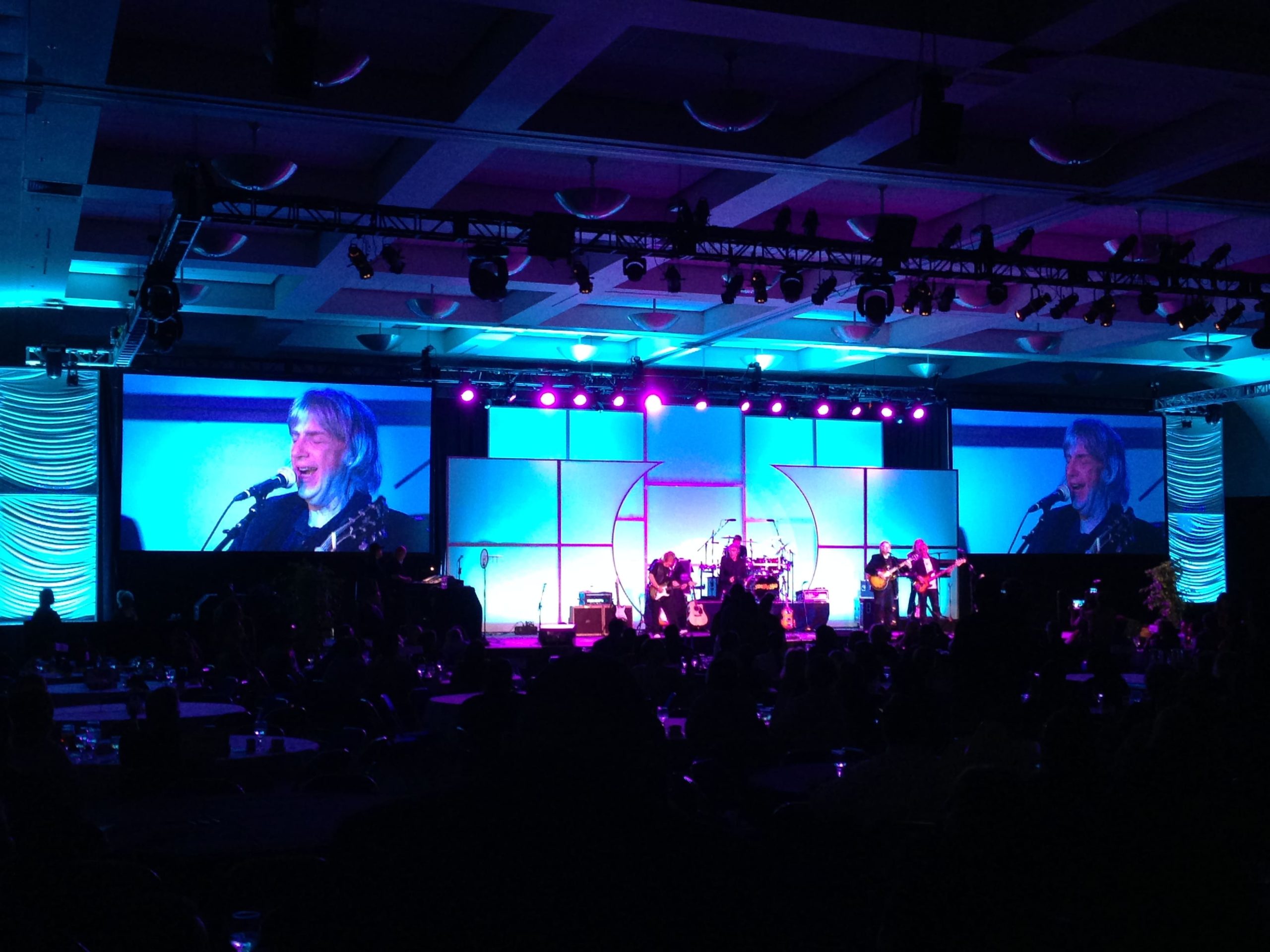Highlighting the Influence of Lighting Circumstances on Motion Identification Accuracy and Reliability
Highlighting the Influence of Lighting Circumstances on Motion Identification Accuracy and Reliability
Blog Article
Illumination conditions play a significant impact in how well we can perceive movement. Movement detection is a key component of various systems, such as surveillance cameras, automatic lighting systems, and also some video games. Comprehending how different lighting conditions influence our capacity to perceive motion can help enhance the design and effectiveness of these systems. For example, poor illumination can result in overlooked motions or incorrect alarms, while optimal lighting can enhance the precision of motion detection technologies.
In well-lit lighting environments, motion detection is typically more reliable. When there is sufficient light, sensors and cameras can obtain clearer pictures, which helps in identifying dynamic objects. Bright conditions allow for better contrast between the moving element and the background. This differentiation is essential for both visual observers and automated technologies, as it makes it simpler to differentiate between static and moving elements in a setting. Therefore, making sure that areas are adequately illuminated can significantly enhance the performance of movement detection systems.
On the other hand, low-light environments can present challenges for movement detection. In dim settings, shadows can obscure dynamic objects, which makes them difficult to perceive. Additionally, the human eye struggles to detect movement in dim conditions, which can result in misinterpretation of what is happening in the surroundings. Cameras might also encounter difficulties, as many do not helpful hints function well in low light without the use of infrared capabilities or alternative enhancements. These limitations highlight the significance of adequate illumination in settings where movement detection is essential.
Moreover, various types of illumination can have varying effects on motion detection. For example, neon lights can flicker, which can confuse movement detection systems that rely on steady light sources. On the contrary, daylight provides a steady source of lighting that enhances visibility. Understanding these variations in lighting types can guide operators in selecting the most suitable lighting for specific applications, especially in security and safety scenarios.
In summary, the relationship between illumination environments and motion detection accuracy is important. By making sure that settings are suitably illuminated, we can enhance the learn about this here now reliability of motion detection systems. This knowledge not only supports tech applications but also improves safety and security in various settings. As further developments are made in movement detection systems, taking into account illumination environments will remain a vital factor in enhancing effectiveness and guaranteeing that these technologies work properly in different environments.